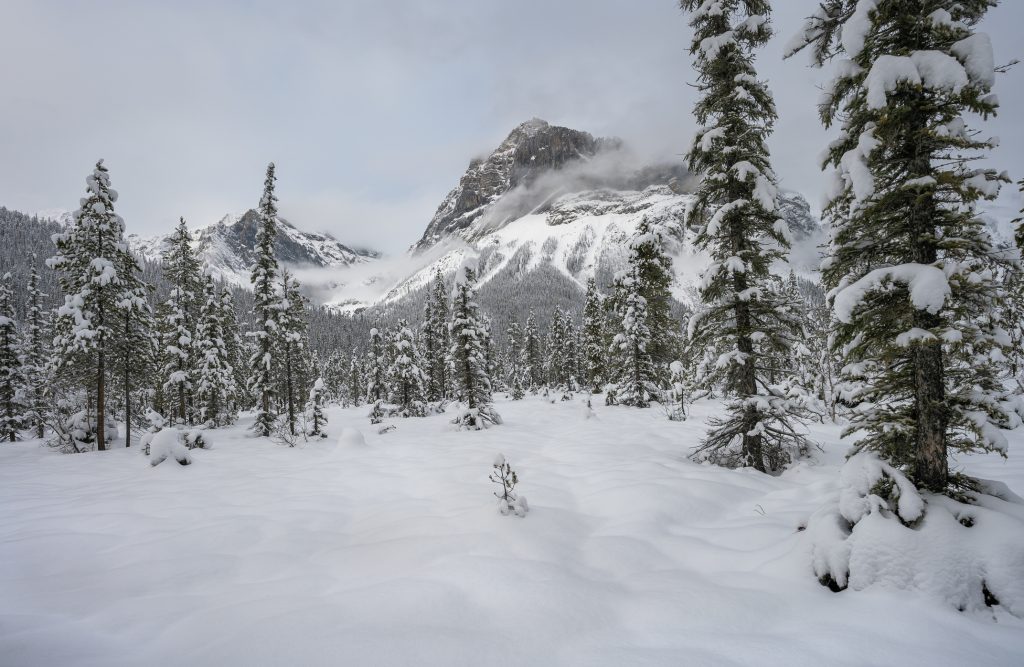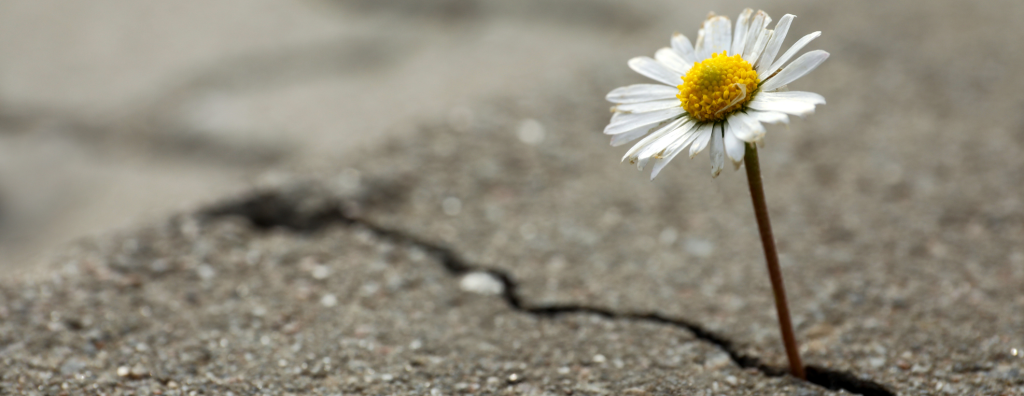- 03/08/2024
- General
Inspiring inclusion: What this means to women Veterans
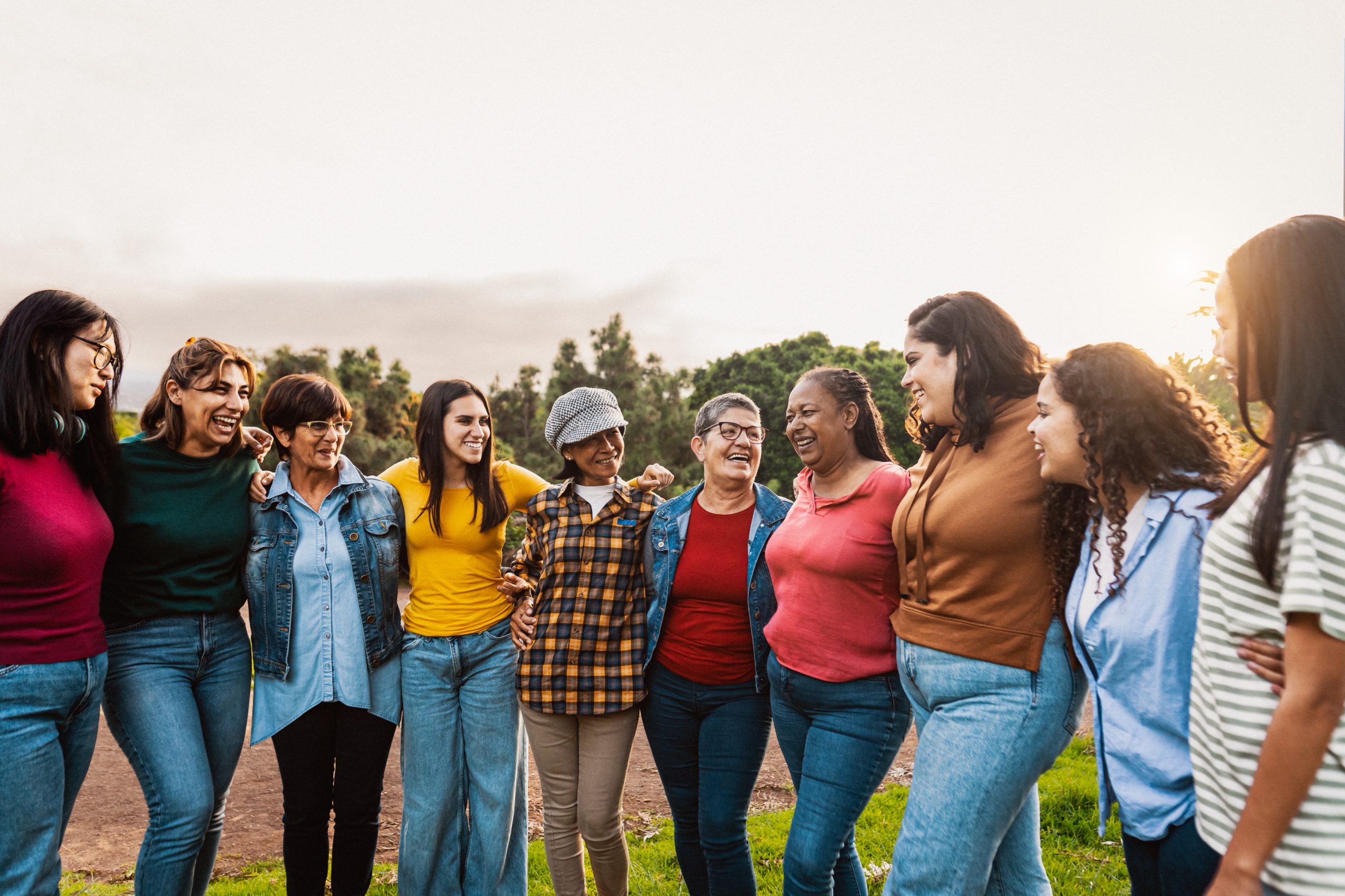
On this International Women’s Day, the Atlas Institute asked women Veterans of the Canadian Armed Forces (CAF) and Royal Canadian Mounted Police (RCMP) to share their reflections on what inclusion means to each of them. Here are their thoughts, in their own words.
Tabitha Beynen, Master Corporal (Ret’d), Lived Expertise Lead — Veterans at the Atlas Institute for Veterans and Families:
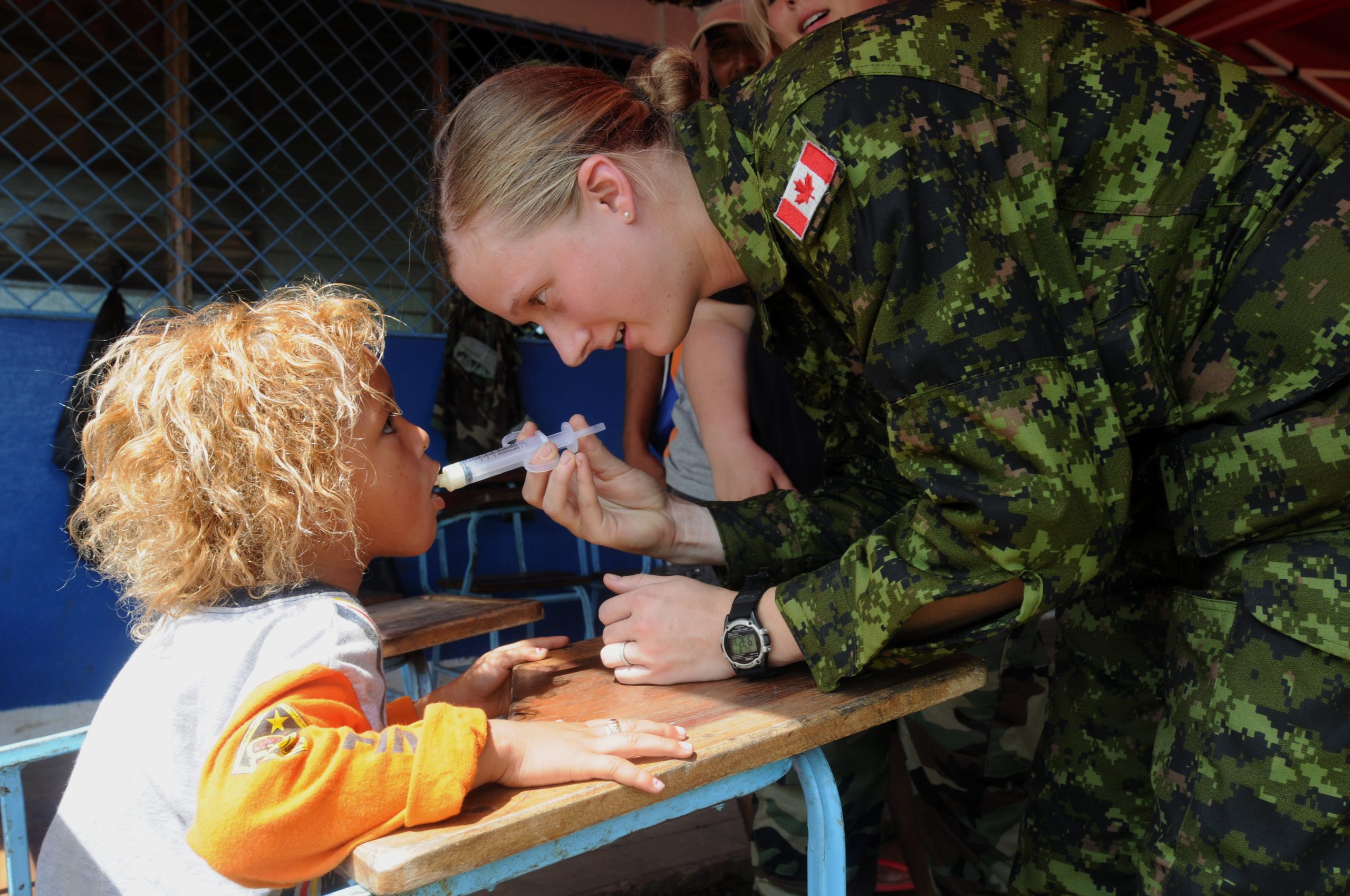
The topic of inclusion has at times been a difficult conversation for women who have served in the military and RCMP because of the implications for many of these women. The Government of Canada’s Guide on Equity, Diversity and Inclusion Terminology defines inclusion as “the practice of using proactive measures to create an environment where people feel welcomed, respected and valued, and to foster a sense of belonging and engagement.”
Reflecting on this definition of inclusion brings to mind all of the women who served in the past. The amount of gratitude and the sense of awe I have for these women cannot be expressed in words. They enrolled in service at a time when they were excluded from many military and RCMP professions and they fought to participate in every aspect of service. Once they were able to participate in almost every profession, they fought to prove they were as capable as their male counterparts. Though they may not have realized it at the time, they were fighting for the future of all women within service and paving the way for generations to come. Although we still have a long way to go in the journey toward inclusion, the progress made by our predecessors and their allies is remarkable and worthy of recognition and celebration.
Three amazing women Veterans have shared their different experiences and perspectives on inclusion and what it has meant throughout their careers in the following paragraphs. I feel honoured to know these women and to know that I served at the same time as them and experienced some of the same challenges and triumphs. Today we all continue to serve the Veteran population in different ways and I look forward to seeing the incredible things these women will accomplish in the future.
Warrant Officer (Ret’d) Barbara Lane, CD — CAF:

“The weak are the most treacherous of us all. They come to the strong and drain them. They are bottomless. They are insatiable. They are always parched and always bitter. They are everyone’s concern and like vampires they suck our life’s blood.”
— The Lonely Life by Bette Davis
This was a paragraph I had to learn during basic training 30 years ago. This was ingrained in me throughout my career. The welcoming of women into the military in specific trades was not that friendly. I joined as an infanteer in 1993, four years after the Canadian Human Rights Tribunal opened all occupations, including combat roles, to women. Few embraced the role. I was among the women who were told we could remuster easily upon joining. I ultimately remustered to Cook, but not until seven years later. Many said I could have left at any time, but I wasn’t going to let anyone tell me I couldn’t do my job, when I knew I could.
Throughout the six years following my medical release from the CAF, I have been able to work on myself and ask for the help I require. I choose to look back but not at the bad, the stressful and the emotional roller coaster of my career. I choose to look and be reminded of the good. I have been lucky enough to have come across mentors, good friends and those I would deem Family. Together we helped each other, kept each other strong and lifted each other up when we were down. We are a Family that can go years without talking to each other then carry on as if we never had parted.
I now look at that quote from basic training differently. It no longer makes me strive to be what others need me to be. It no longer pushes me to work three times as hard as others just to be noticed. It makes me realize that the weak are not the marginalized, but rather the bitter, the ones who look to crush others to make themselves look good and gain recognition for promotion or positions. Was I always included? Were women always included? No. However, I found my people through the CAF, who would never let me be isolated. To those women and men, Sisters and Brothers: I owe much to you.
Sergeant (Ret’d) Brenda Makad — RCMP:
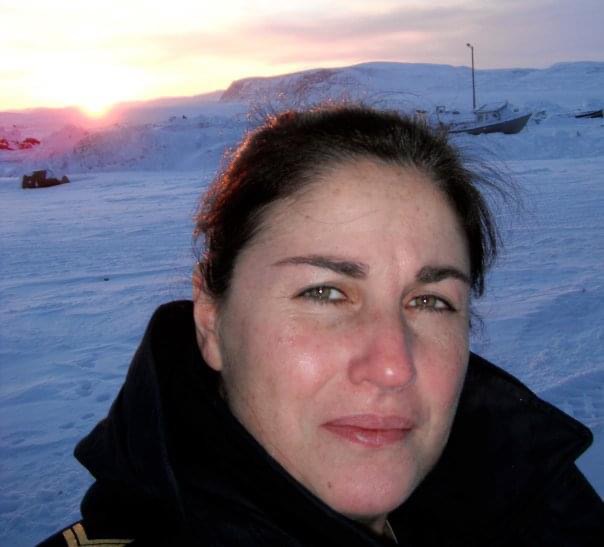
I picked the RCMP above any other law enforcement agency because I believed it was the best, most iconic, most progressive law enforcement agency in Canada. I believed it was exclusive and elite. The idea that it was the best and that it recruited the best was appealing. How many other law enforcement agencies refer to their employees as members? It was a club I really wanted to belong to.
The term “inclusion” implies different and/or opposing groups or concepts and it is anchored in hierarchy. There is the tendency for all people to view the social world in terms of “us” and “them.” We tend to associate with those who are similar to us and consequently hold more positive beliefs about others like us. So what was my experience of inclusion within the RCMP?
My troop was the quintessential example of diversity. We were composed of 10 women and 14 men, more than half of whom were visible minorities. My first posting was to Richmond, B.C. which was also diverse in terms of gender and race. What made us an “us” was our belonging to the RCMP — regardless of gender or race.
Yet, by my fifth year of service, I began observing inequities in training and development opportunities. Some members moved quickly up the ranks while others were overlooked for promotions time and time again. In an environment where significant pay increases come with rank, differences manifested to create inequalities in outcomes and that feeling of inclusion, of “us,” dissipated until it ultimately disappeared.
That said, in spite of the lacks and challenges, the membership carries on, proudly serving Canadians from coast to coast.
Telah Morrison, OMM, CD, Colonel (Ret’d) — CAF:

I recently retired from the Forces after 35 years in uniform. I joined the CAF in 1986, before women could serve on ships or in the field. The Servicewomen in Non-Traditional Environments and Roles (SWINTER) Aircrew Trial was ongoing to decide if women could even be pilots. To think that we had to do trials to see if a woman could fly a plane! Inclusion was not thought of then. Women were assimilated into the CAF. We had to be “one of the men” and hide who we were as much as possible to fit in, to be a part of the team.
Shortly after I joined, the CAF was given clear direction on employment equity, mandated to ensure that all trades were open to women. That was what equity meant: on paper, you could do any trade. On the ground, it was not so well-received. Women would hide pregnancies to avoid jeopardizing career opportunities. As a mom I often had to choose between my career and my Family, something none of my male counterparts had to do. As I almost always chose my Family, my dedication to my military career was often questioned. My experience is not unique, and many of my peers left the CAF altogether.
However, the CAF today is not the CAF it was in the ’80s and early ’90s. Conversations today are around how we can make the CAF fit the lifestyle and needs of all of its members. Women now serve in all but one rank in the CAF. Women are embraced as a critical part of a diverse team. We have proven how women are a critical force on multiple operations, fostering meaningful connections with diverse populations. Where women were once seen as “a necessary political addition due to employment equity,” we are now considered an operational imperative. We have had women command NATO naval fleets and NATO task forces in places like Iraq. Over and over again, women have proven that they can take on any challenge thrown at them and thrive.
Now that I am retired, I continue to be inspired by the women in the CAF and all they accomplish each day. I also take great inspiration from our women Veterans who are pushing the boundaries of service even after they remove the uniform. Our women Veterans are an amazing bunch of ladies who have all contributed to a better Canada! It makes me so proud to live in a country that has embraced the strength of our women.
Are you a Veteran or Family member with a story to tell? Get in touch with us and you may be featured on this blog!
